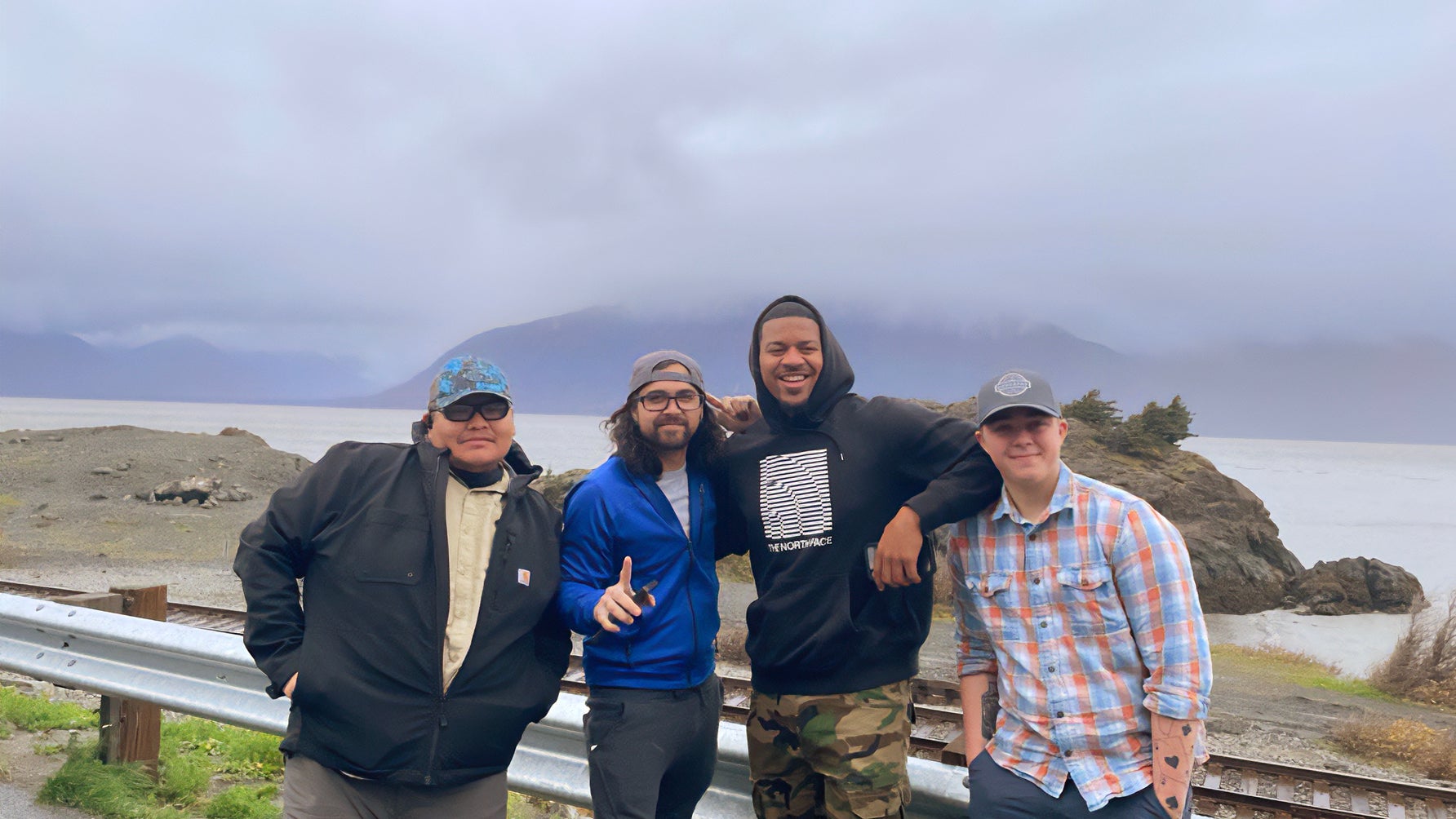Children love taking things apart. Similarily, as any adult who has ever had the misfortune of stepping on a LEGO while walking around the house barefoot can tell you, they love building things. So then why, as children mature into young adults, do such a significant percentage of youth eventually dismiss a career in the skilled trades?
More importantly, what’s being done to ensure there’s a healthy pipeline of young skilled trades workers ready to enter the workforce in the next 5 to 10 years, when millions of new skilled trades roles will need to be filled?
A “Graying of the Trades”
According to Stanley Black & Decker, whose inaugural Makers Index study examines sentiment about skilled trade careers in the United States, less than half of youth survey respondents between the ages of 14-19 years old say they have ever considered a skilled trade career. Worse, only 16% of those surveyed said they’re very likely to consider a career in the skilled trades.
Those numbers potentially spell trouble for many industries around the world, commercial fishing included.
“The time for companies to invest in the skilled trades is right now, especially in Alaska” said John Ozburn, Vice President, Global HR Business Partner at Trident Seafoods. “As much as the fishing industry is currently dealing with a ‘graying of the fleet,’ the processing side is dealing with a ‘graying of the trades.’”
Staying true to its values, Trident recently launched a program intended to close the skilled trades gap and, with any luck, help boost the perception young people have about the opportunities such a career can afford them. The move is a giant step forward and a major commitment to developing the skilled trade workforce of the future.
“It’s now or never when it comes to finding innovative solutions that will ensure these roles are filled,” Ozburn said. “The constant challenge for Trident, as well as the rest of the industry, is finding workers with the right combination of skills and experience for the work. So, we said, ‘if we can’t find them, we’ll invest in training them ourselves.’”
Fishing for a Solution to the Trades Skills Gap
If you sense a bit of urgency in Ozburn’s statement, consider this: According to the U.S. Bureau of Labor Statistics, there will be 1.5 million new skilled trade jobs by the year 2029. That’s far more open roles than the projected applicant pool can fill. And application rates for young adults seeking jobs in trades such as plumbing, building and electrical work dropped by 49% in 2022 compared to 2020 (source NPR: “America needs carpenters and plumbers. Gen Z doesn’t seem interested”).
Trident’s Skilled Trades Trainee Program uses structured training focused on industry needs, as well as mentoring to develop skilled trades personnel for shore-based plant processing operations throughout Alaska. Through a partnership with Alaska Vocational Technical Center (AVTEC), Trident developed a two-year skilled trades training course, with an additional two-year post-commitment of employment with the company.
Trainees are exposed to multiple skilled trades during their first year of the program. Getting firsthand experience, they spend their first year rotating between coursework and applying their learnings at a Trident facility. Mentors are provided, and Trident funds their education, books, tools, travel and hourly wage.
During their second year, trainees narrow their focus on a specific skilled trade of their choosing. Time spent in the field pairs students with a mentor who specializes within the trade they’ve selected.
In their third and fourth years, the trainees will be assigned to a Trident facility full time where they’ll continue their on-the-job training.
It’s a modest investment with the potential for huge payoffs in the future.
“We’re 100% committed to developing the skilled trades workforce of the future, and this program is the start of that journey,” Ozburn said.
Trident welcomed the inaugural class of trainees – a class of four - to its Skilled Trades Trainee Program in 2022. Due to the program’s overwhelming success, the company expanded enrollment and welcomed an additional 10 new trainees to the program this fall.
The company focused their recruiting efforts within Alaska by visiting Kodiak, Cordova, Anchorage, Petersburg, Wrangell, Ketchikan, Craig and Metlakatla, as well as collaborating with community-based organizations within Alaska and the maritime industry. The program is not limited solely to Alaska though, as candidates from any location that are qualified to work in the United States are eligible to apply.
The 14 trainees vary in their professional backgrounds and experience, but they have one thing in common: they’re united in their pursuit of bettering their lives, advancing their careers and helping Trident fulfill its mission of responsibly sharing wild Alaska seafood with the world.
More Information
Visit Trident’s Careers website for more information on a career or skilled trades apprenticeship at Trident.
